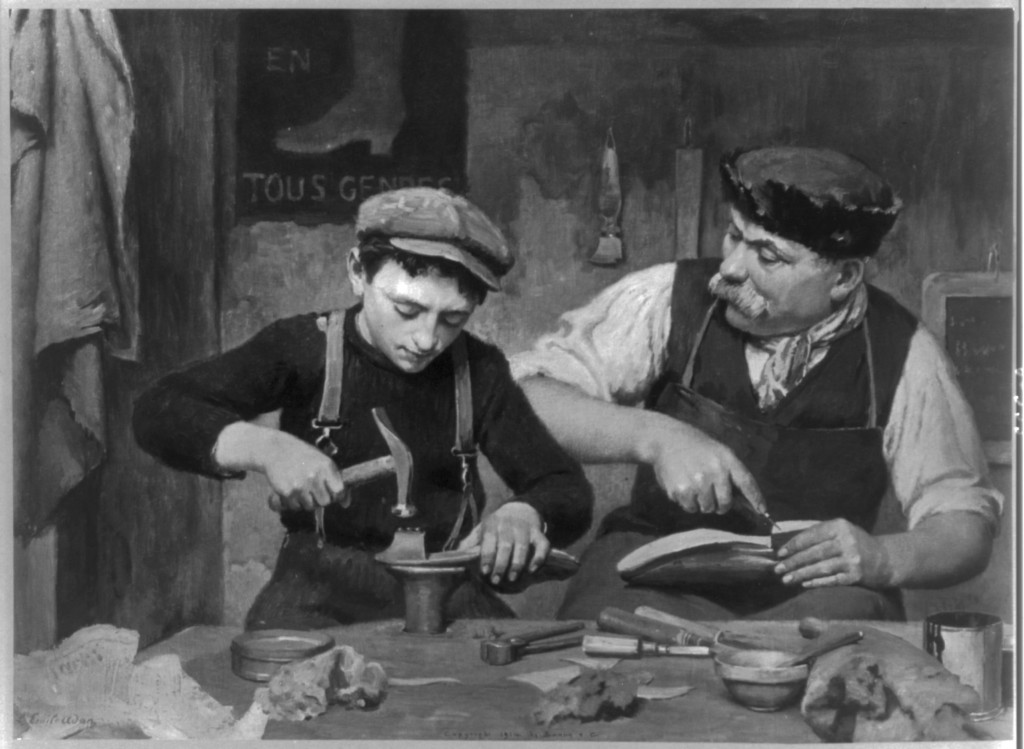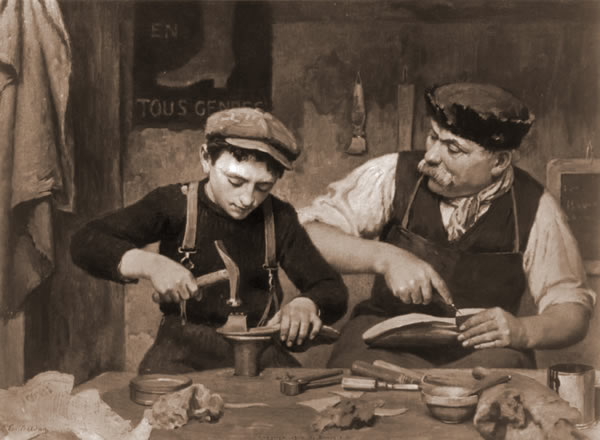Every day of every ski season, well meaning but untrained bootfitters at general sporting goods stores cheerfully guide skiers into the wrong boots.
This is not due to any inherent wickedness of 20-something man, but because real mastery takes time to accumulate—foot-by-foot, skier-by-skier—until the parade of analyzed feet numbers in the thousands. Master journeymen, who can guide such an apprenticeship path, are located either in true specialty shops or under their own boots-only shingles. Seldom are they to be found in urban sporting goods warehouses.
The reasons that ski boots pose difficult fit problems are many, challenging and diverse. The foot and lower leg form a complex system that doesn’t like to be encased in a rigid box that forces the foot into contortions it wasn’t designed to endure. Compound this complexity with the need to match a unique physiology to one of the hundreds of boot models available, and one begins to appreciate why expertise in this arena is claimed more often than achieved. To hope that someone of limited training will know how to optimize containment of an intricate, organic structure that varies by individual and even from foot-to-foot, is an expression of optimism at its most endearing.
And endangering.
Becoming a great bootfitter requires a form of training now as current as a pager: apprenticeship. Moreover, it takes far less time to comprehend the basic fit environments of a hundred models than does it to understand how the foot and lower leg struggle to function in any manifestation of alpine boot design.
Alert readers may wonder if there isn’t an academic protocol for learning about lower extremity biomechanics and how to apply this knowledge to fitting ski boots. There is. It’s called pedorthics, and Board Certified Pedorthists are highly qualified to fit boots, assuming they also have advanced knowledge of boot modifications—and skiing. There is a small cadre of such Pedorthists applying their skills in the ski boot trade; fittingly, every one of whom we’re aware is a Jedi master of foot analysis and boot adaptation. While they may be youthful in spirit, most qualify as AARP members.
Of course the retail world abounds in young bootfitters. They can be spotted in specialty shops, mass merchants, city stores and swanky resorts. Everywhere there are boots there are young bootfitters, including a smattering of actual apprentices. But there are precious few great young bootfitters.
After all, how many ambitious, bright young minds seek to follow a course of study in pedorthics that will earn them about the same rate of compensation as someone with a “degree” in deep frying? I’m no sociologist, but I’m guessing not many.
America’s youth would be even more discouraged about committing to such a dubious profession were they to figure into their calculations the three- to five-year “residency” required to see enough feet, interview enough skiers and solve enough perplexing, persistent fit issues across a broad enough spectrum of shell, cuff and liner configurations to have any claim to mastery. And winter comes but once year, stretching the internship into multiple years.
What does the veteran bootfitter provide that those green in the gills do not? How will you know if the geezer at your feet is Yoda or Fredo?
Here’s a tip sheet for determining whether the bootfitter before you has serious chops:
- Did he(?) ask to see your bare feet?
- Did he measure both feet?
- Did he track knee travel as you flexed your ankle?
- Did he strongly suggest a certain type of sock during fitting?
- Did he perform any unusual diagnostic evaluations, like lifting your toes or asking you to elevate your forefoot?
- Did he propose a variety of possible options yet have a preferred solution?
- Did he ask questions no one else has posed?
Lest you wonder what might fall under the last category, such queries might include:
- Does this surgery on your ankle inhibit your plantarflexion, and does any hardware remain?
- Do you have frequent cramping in your arch?
- Do you use a custom insole in any of your other sports footwear?
- How long have you been rock climbing?
In the final analysis, a master bootfitter must know enough to analyze a deformed foot, understand every technology at his disposal—right down to the molecular structure of the plastics—and be a sufficiently adept psychologist to sift through what the customer is saying and figure out what he or she really needs. Training seminars like those conducted byMasterFit University provide the best thumb-in-the-dike solution for the shortage of bootfitting gurus by offering accessible 2-day seminars, conducted largely by Board Certified Pedorthists.
Yet as valuable as the service that MFU provides is, it’s no substitute for daily exposure to the discipline of bootfitting as practiced by the very best at their craft.
No doubt there’s a 25-year-old out there who can do all that is required and more, but they’re as rare as MacArthur genius grant recipients. Fortunately, the best specialty shops, knowing their livelihoods depend on boot-fitting expertise, serve as incubators for the apprentices who will comprise the next generation of gifted bootfitters.



